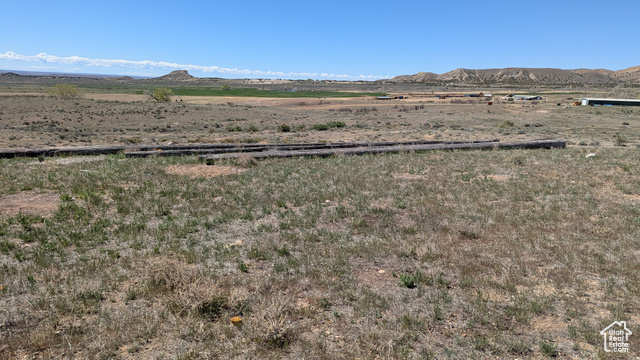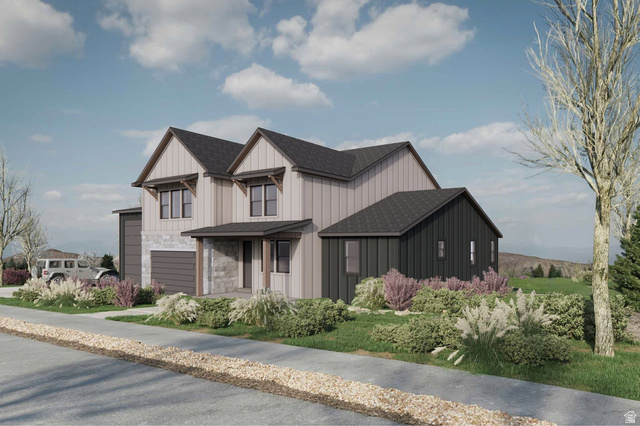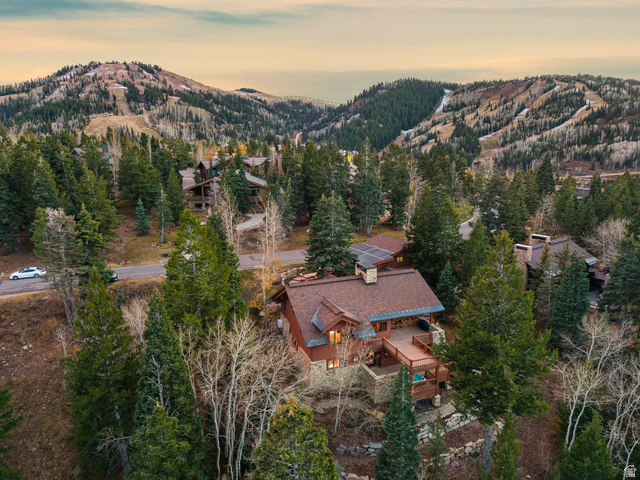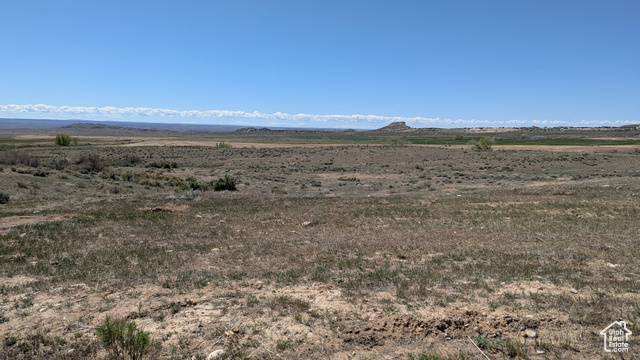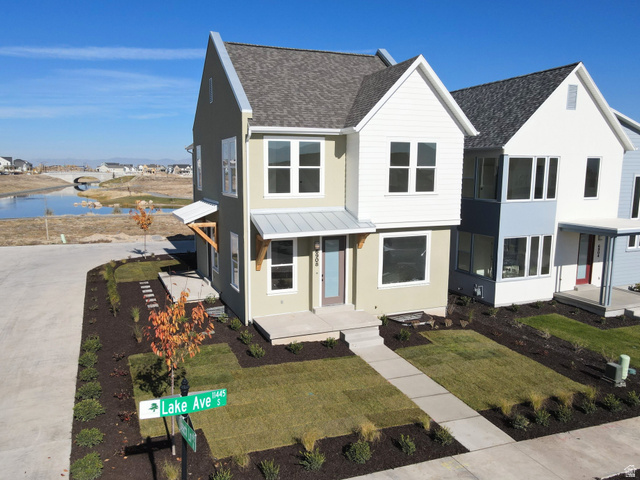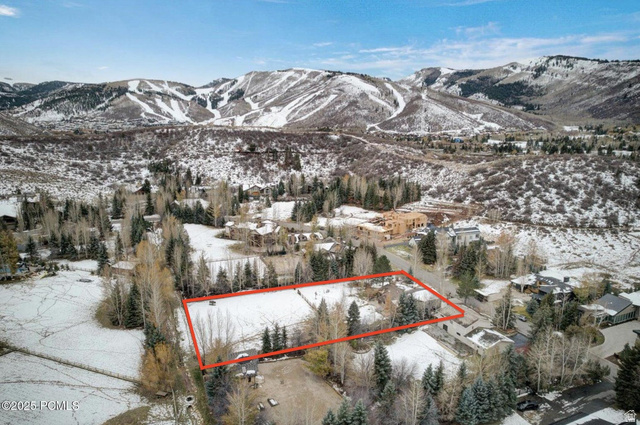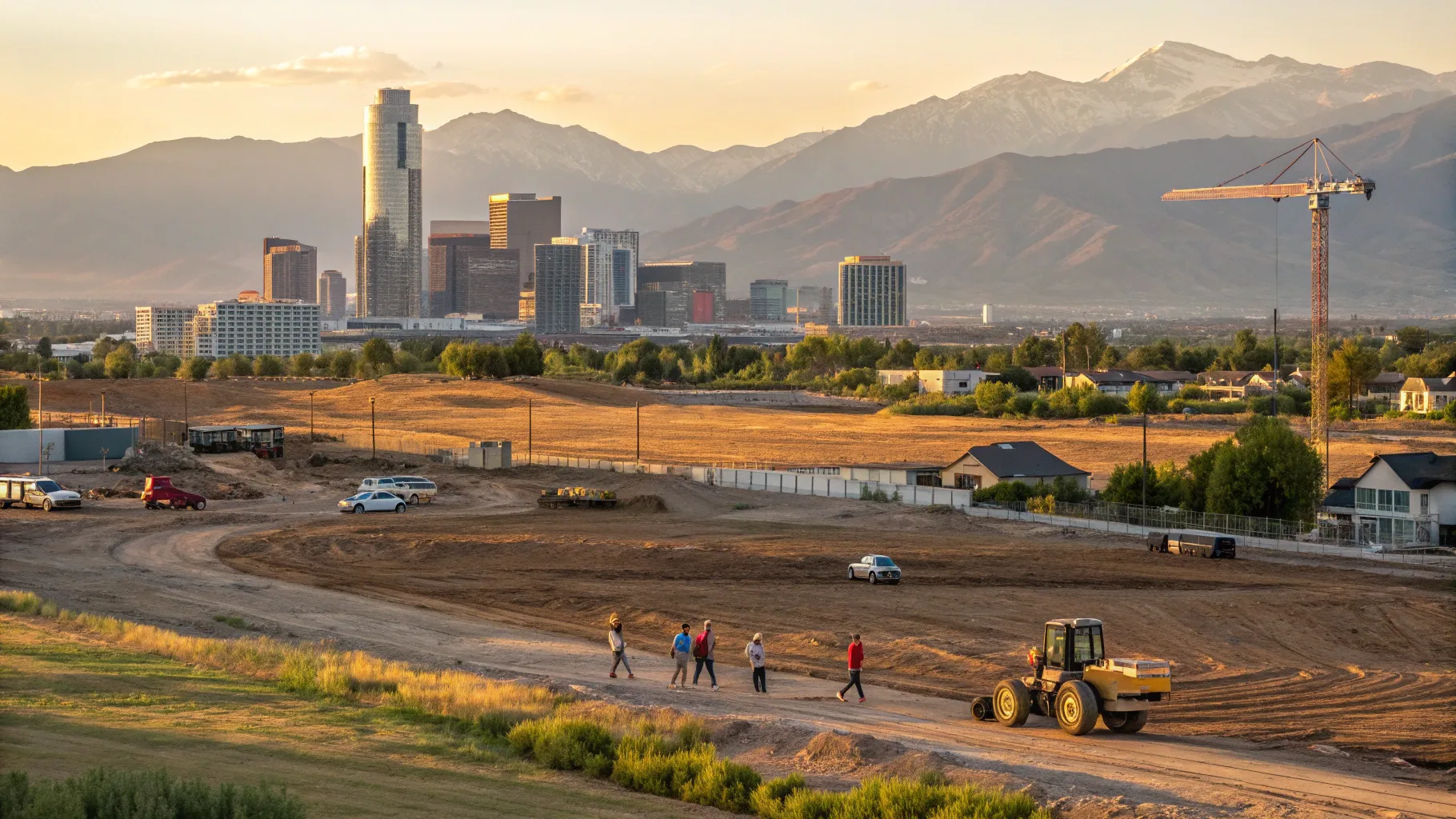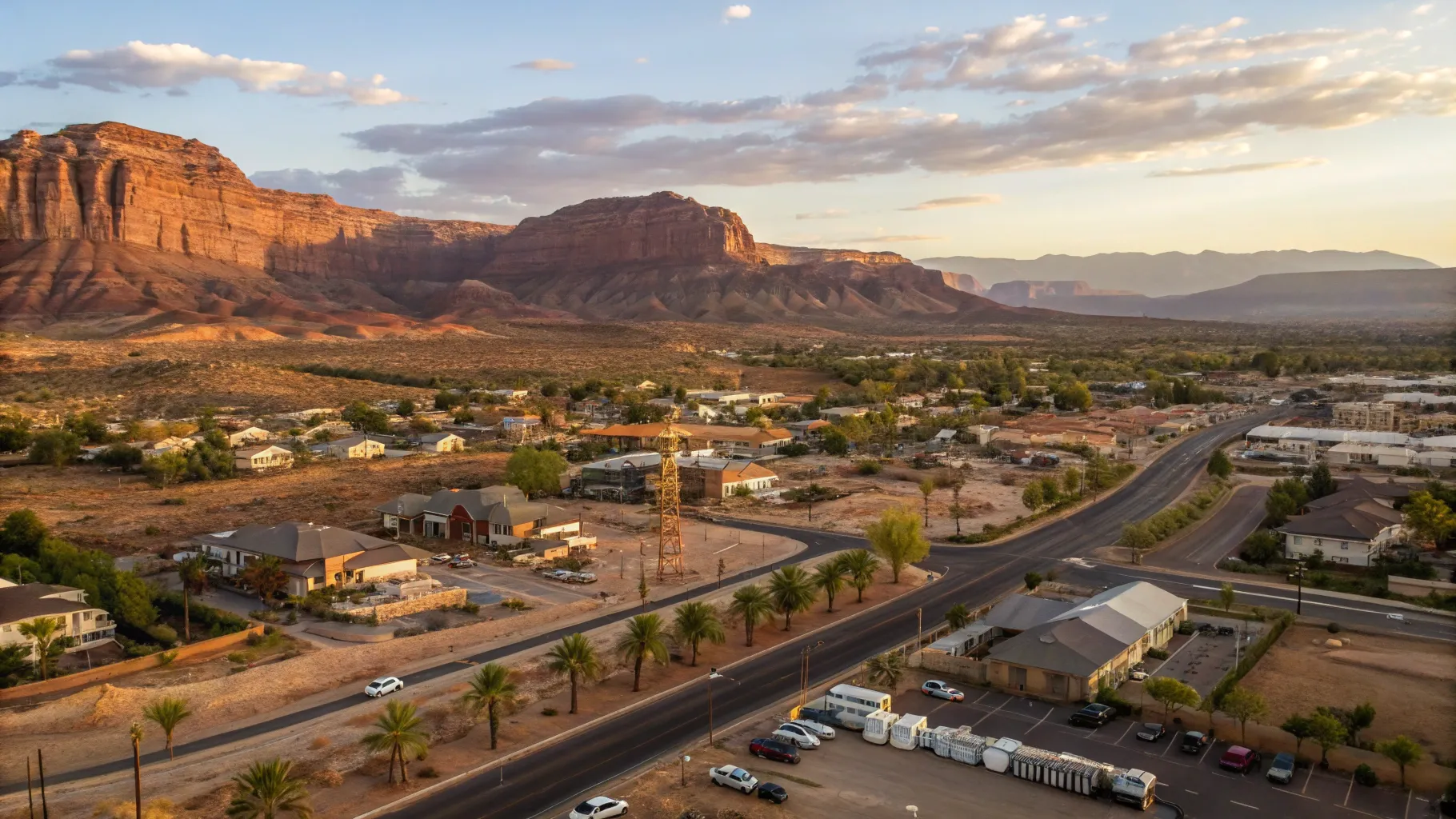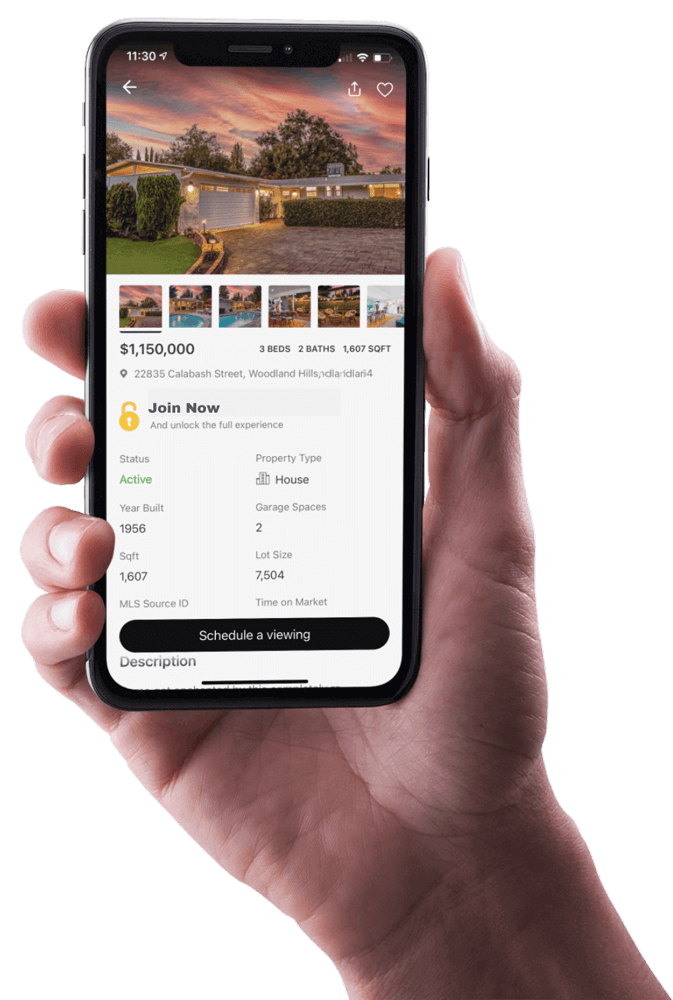Explore eight Utah growth zones—from downtown Salt Lake City's high-rises to the Silicon Slopes and outer-ring land plays—and what buyers, sellers, and investors should expect over the next 5–10 years.
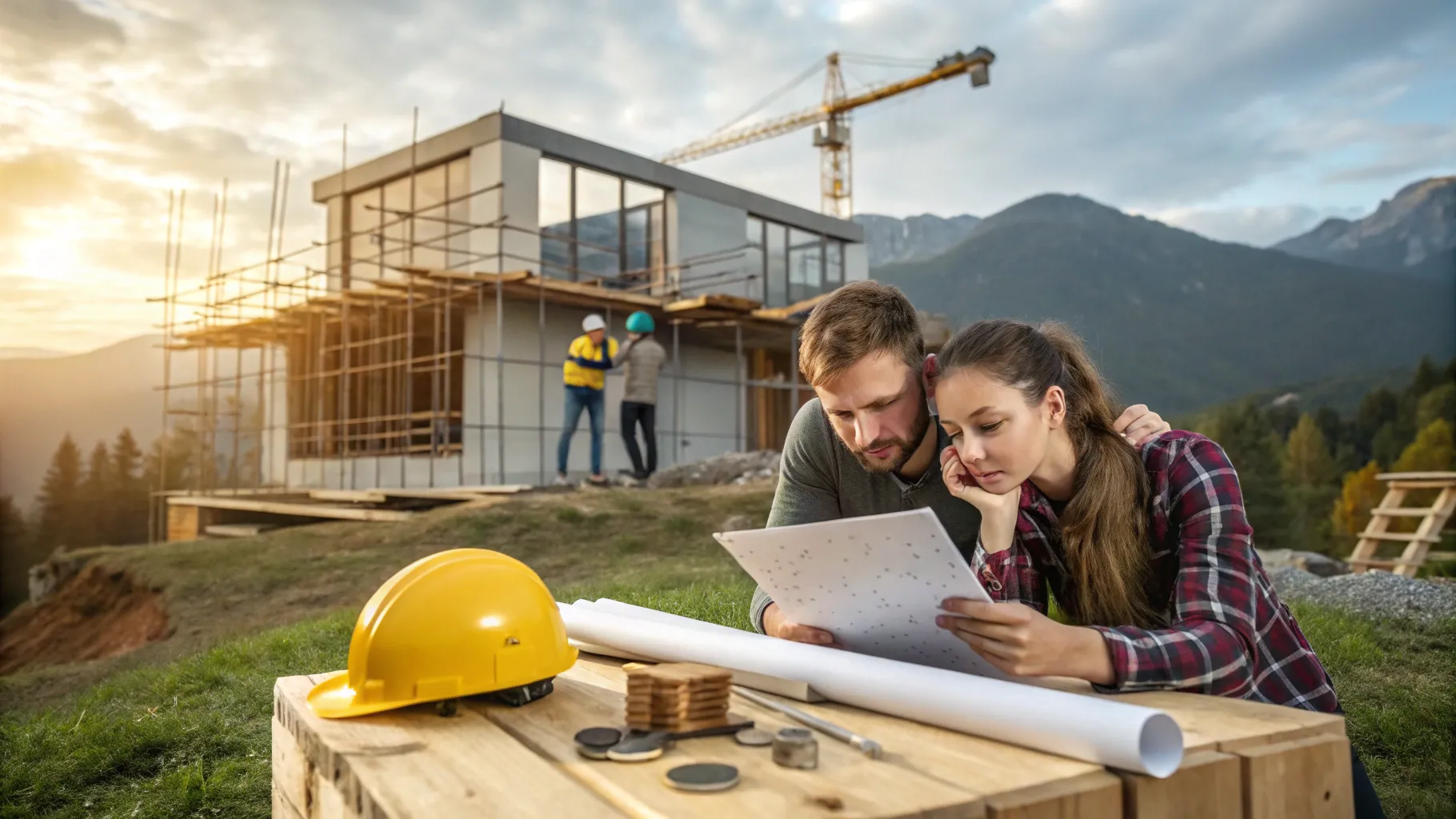
Utah continues to attract families, professionals, and investors with scenic landscapes, a strong job market, and desirable communities. Yet the decision to build a new home in the state requires careful consideration. This article outlines the top reasons why starting new construction in Utah right now may carry significant risks, and it presents practical strategies for buyers who still want brand-new living space without exposure to common pitfalls.
Quick overview: Why caution is advised
Building a house involves more variables and longer timelines than buying an existing home. Delays, rising costs, mortgage rate uncertainty, and limited customization options can turn an exciting project into a financial headache. Buyers who plan ahead, understand market forces, and use proven strategies can reduce risk—but those who start construction without a financial buffer or the right guidance increase their exposure to loss.
Top 10 reasons to think twice before building in Utah now
-
New home construction timelines are longer than most expect
While actual on-site construction often takes four to five months, the period from contract signing to closing typically spans nine to twelve months or longer. Design and structural selections, plan finalization by architects and engineers, and permitting with city building departments (often understaffed) add weeks or months before framing even begins. During this waiting period, market and personal circumstances can change dramatically.
-
Mortgage rate exposure during the build
When purchasing an existing home, mortgage rates can be locked once under contract. For most new construction loans, the buyer cannot lock a permanent rate until roughly 45 days before completion. That gap exposes buyers to rate volatility; even a modest increase can push monthly payments out of budget or disqualify a buyer. Canceling under such circumstances often results in forfeited deposits, which can amount to tens of thousands of dollars.
-
Economic uncertainty and market volatility
Macro factors such as tariffs, trade disruptions, large-scale policy changes, and shifts in federal employment can increase market volatility and disrupt supply chains. In an uncertain economy, buyers should avoid committing to construction at the top of their budgets and should ensure stable employment and contingency funds before starting a build.
-
Labor and material shortages persist
Post-pandemic supply chain issues, imported-material tariffs, and workforce disruptions continue to affect the construction industry. These shortages push costs higher and can force builders to source alternative materials or hire less experienced crews—both of which can compromise quality and schedule.
-
Delays are common and costly
Missing a single component—such as windows, HVAC equipment, or specialty fixtures—can derail a construction schedule. Builders under pressure may substitute lower-grade materials or accelerate hiring, increasing the risk of poor workmanship. Delays not only postpone occupancy but can increase carrying costs and expose buyers to changing financing conditions.
-
Construction costs remain high
Industry data shows significant variation in cost per square foot. National reports place average builder-grade construction around $158 per square foot, while more realistic estimates for higher-quality finishes trend closer to $185 per square foot. Given ongoing cost drivers, significant softening in construction prices should not be assumed.
-
Customization options may be limited
Material and labor shortages often lead builders to limit personalization options. Buyers who expect a highly customized home may find options curtailed, model selections reduced, or extended lead times for special-order items.
-
Home price fluctuations remain unpredictable
Although many Utah markets project continued appreciation due to strong demand and low inventory, sudden mortgage rate hikes or other macro events could cool prices. Buyers should factor market risk into their timing and financing plans.
-
Risk of property value declines at completion
Timing risk—also known as "completion risk"—means a newly built home could be worth less than the total cost when delivered. Forecasts are helpful, but no forecast is guaranteed; affordability constraints in Utah could amplify downside risk if market conditions shift.
More Properties You Might Like -
Utah’s affordability challenges magnify buyer exposure
Over roughly a decade, Utah shifted from one of the nation's more affordable states to one of the more expensive places to live. High home prices combined with elevated mortgage rates and rising living costs make new construction a heavier financial commitment for many households. That said, Utah remains highly desirable—rankings and quality-of-life metrics continue to draw newcomers, sustaining long-term demand.
Practical strategies for minimizing risk
Building still makes sense for many buyers, but success depends on preparation and strategy. Key recommendations include:
- Consider move-in ready inventory: Ready or quick-move-in homes eliminate much of the timeline and rate exposure inherent in custom builds. Many builders carry standing inventory during slow periods and may offer unadvertised incentives to clear lots.
- Secure a construction expert: Work with a new-home construction specialist or experienced realtor who can identify reputable builders, negotiate upgrades and incentives, and recognize potential quality issues before closing.
- Keep contingency funds and realistic budgets: Never build at the absolute top of a budget. Allow for rate increases, change orders, and unexpected delays.
- Ask builders for ready-home lists and incentive details: Request a list of available move-in-ready homes and the current incentives being offered. These deals are often not widely advertised but can result in substantially lower mortgage costs or price reductions.
- Confirm mortgage lock and incentive terms before committing: Understand when a permanent rate can be locked and how builder-paid incentives impact financing and escrow arrangements.
Buyers who pursue move-in ready inventory can sometimes obtain remarkably low financing packages because builders may arrange attractive lender incentives or buy down rates to accelerate sales. Additionally, most builders will pay buyer-agent commissions, allowing for professional representation without added out-of-pocket agent fees for the purchaser.
Resources and references
For statewide market context and demographic data, consult official sources such as utah.gov and national industry organizations like nar.realtor. More localized listing portals and brokerage resources can help identify available new construction inventory in specific Utah cities. Visit https://bestutahrealestate.com for one example of a Utah-focused property portal and listing resource.
Conclusion
Building a home in Utah can yield a highly personalized living space, but current market conditions introduce elevated risks. Longer timelines, mortgage rate exposure, supply and labor shortages, high construction costs, and affordability pressures all increase potential downside. Buyers who proceed should plan conservatively, secure experienced construction representation, and actively seek ready move-in opportunities and builder incentives to limit exposure. Strategic choices—such as purchasing move-in ready inventory or negotiating explicit contingency protections—can preserve many benefits of new construction while reducing the financial and timing risks.
Frequently Asked Questions
How long does new home construction actually take from contract to closing?
On-site construction is commonly four to five months for many production homes, but the total timeline from contract to closing usually ranges from nine to twelve months due to planning, design selections, engineering, and permitting. Delays in any of these stages can extend the timeline further.
When can a mortgage rate be locked on a new build?
Most builders and lenders allow a permanent interest rate lock only when the house is close to completion—often around 45 days before the projected finish date. Temporary rate locks or construction-to-permanent products vary by lender; buyers should discuss timing and protections with financing partners before signing contracts.
What happens to deposits if financing falls through during the build?
Builder contracts typically include provisions that allow the builder to retain deposits if a buyer cancels for reasons not covered in contract contingencies. Deposits can be significant, so buyers should confirm contract protections, financing contingency terms, and refund policies before committing.
Are builder incentives for move-in ready homes real?
Yes. During market slowdowns or when builders have standing inventory, incentives such as rate buydowns, price reductions, appliance or upgrade packages, and closing-cost contributions are common. These incentives vary widely by builder and community; buyers should request written lists of available incentives for specific move-in ready homes.
Is buying an existing home generally safer than building?
Buying an existing home reduces exposure to construction delays, rate-lock uncertainty, and many change-order risks. It also allows immediate rate locking and typically faster closing. For buyers seeking new finishes without the build timeline, quick-move-in inventory offers a middle ground.

